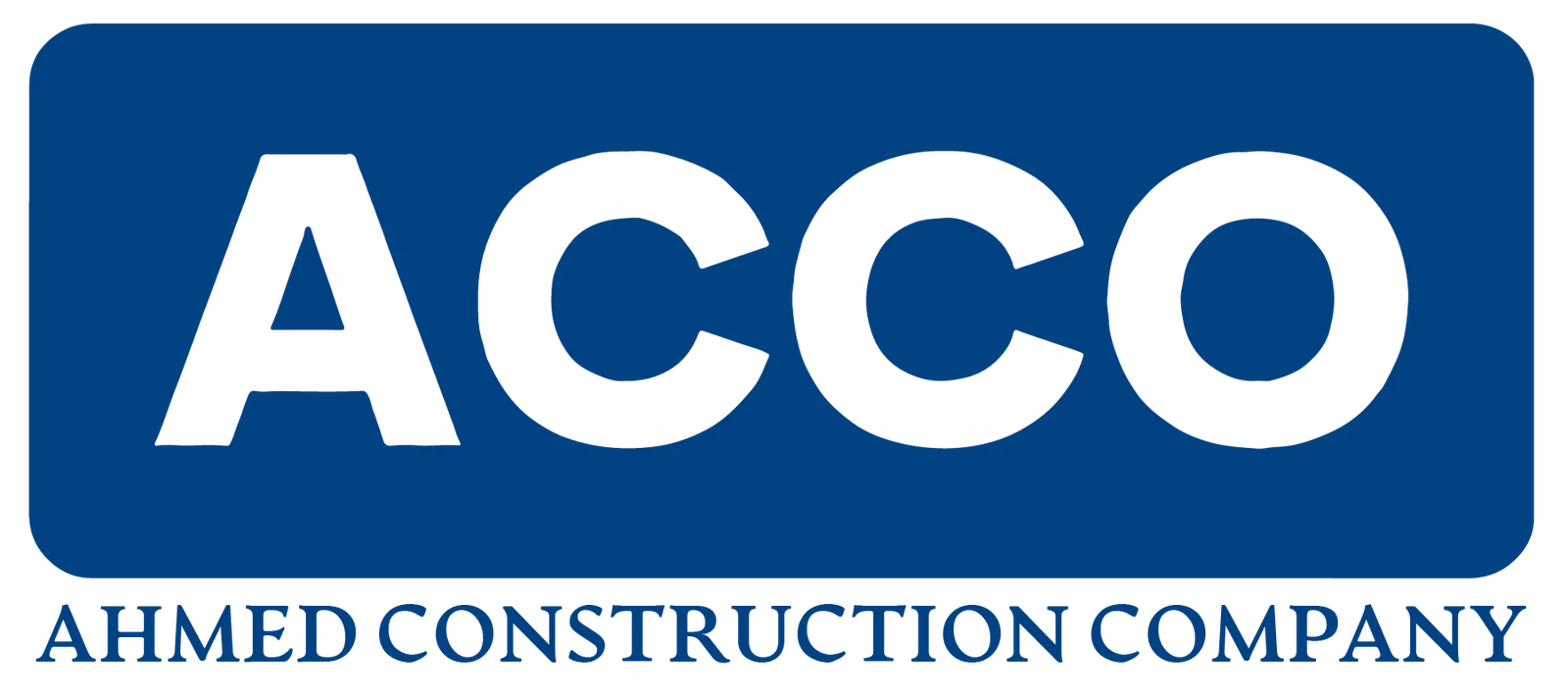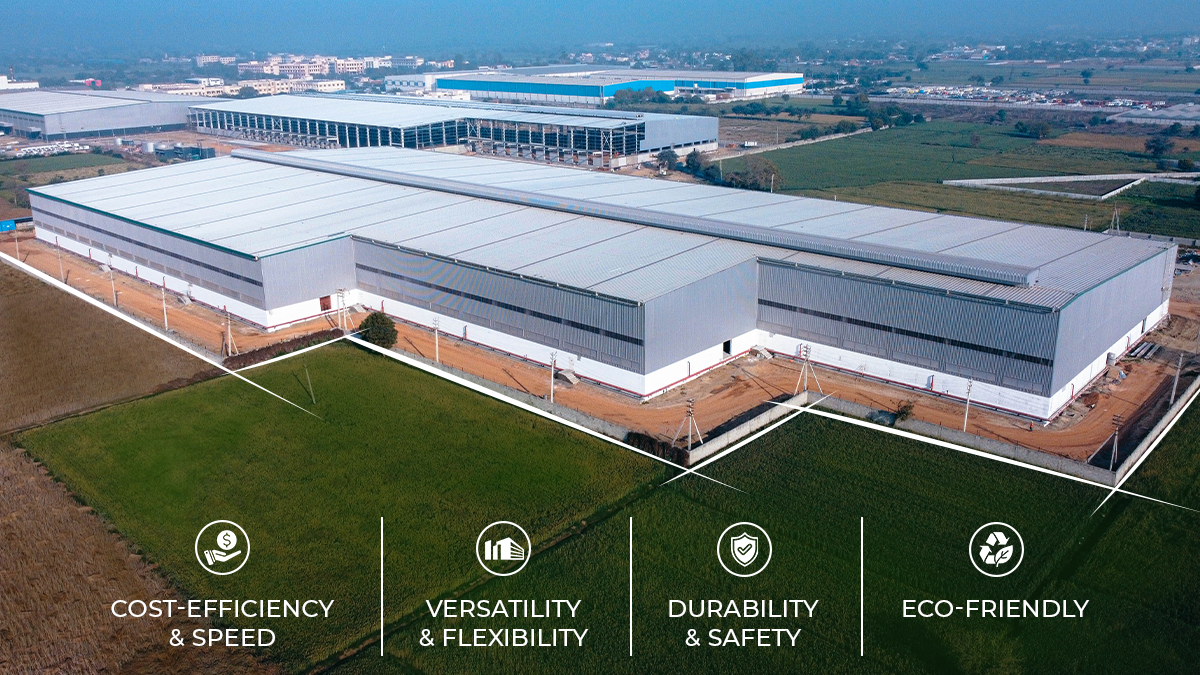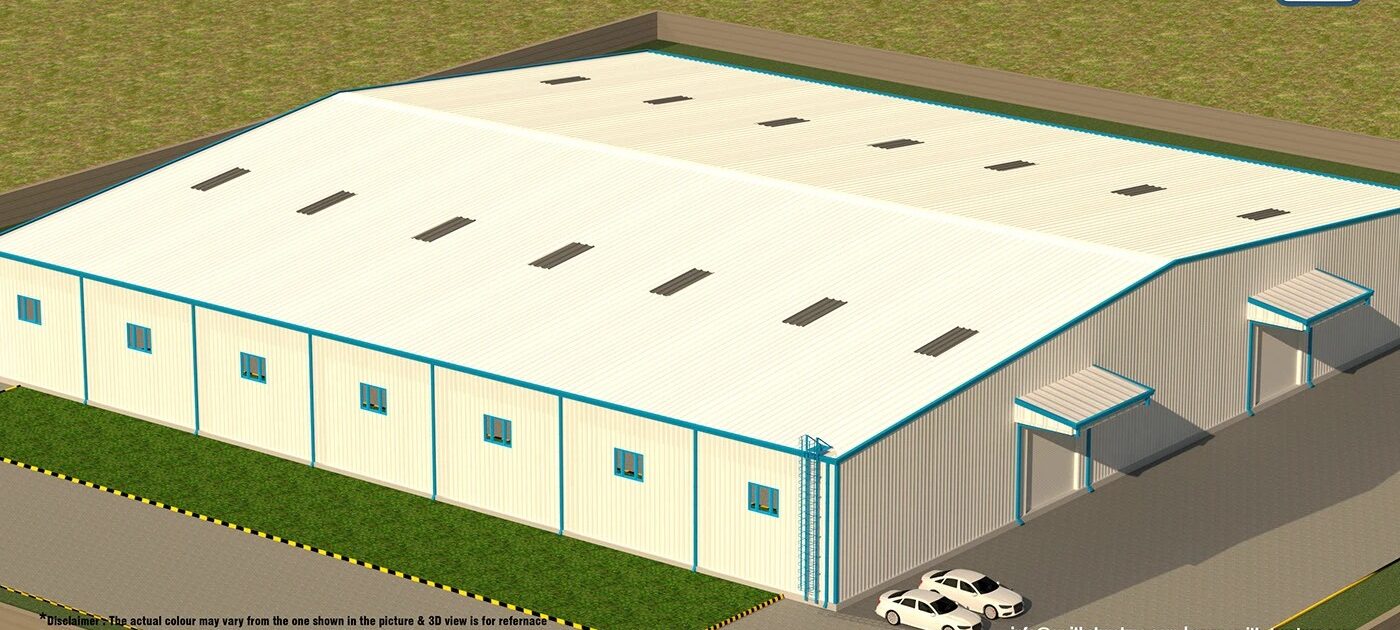
Des Moines Emerges as Data Center Hub
[ad_1]

Ryan Lamb
General Manager, Mission Critical
The Weitz Co.
Data centers are fueling the construction industry in Des Moines, which is becoming a data center stronghold.
Tech companies are building new data centers to deploy and develop artificial intelligence (AI) and cloud services, and developers are planning the facilities to provide rental space for companies that need space for their servers and other computer hardware.
“Data center development and construction is spurring infrastructure investment and long-term planning within the region,” says Lamb. “Des Moines and Iowa are key hubs in the national data center landscape.”
Baxtel, a data center search engine and platform that helps data center buyers find data centers, reports that Des Moines has 47 facilities with 8.8 million sq ft of space and a usage rate of 986 megawatts. The top providers are Microsoft Azure, with 20 sites, and Meta, with 10 sites.
Weitz is building a 192-MW data center campus in West Des Moines for a confidential client. The center consists of two building shells, power distribution centers and the build-out of collocation space in each building. The project scope includes all sitework for the greenfield building complex, which will total 964,000 sq ft.
Lamb notes that Weitz has delivered more than 375 megawatts of power capacity for both self-use and colocation clients.
“These projects are pushing the boundaries of power and cooling systems, requiring sophisticated electrical and mechanical solutions that are reshaping how we think about resilient, scalable infrastructure,” he says.
Growth in data centers doesn’t come without its challenges, including the need for power and meeting sustainability targets, Lamb says.
“Utility providers and power companies of all types are exploring a range of solutions from onsite generation to renewable alternatives like solar, wind and even nuclear power. The intersection of high-tech development, utility demand and sustainability is spurring conversations and planning in the region’s AEC space,” he says.
Lamb adds that new energy solutions “are not just stopgaps; they’re reshaping the energy landscape. For the AEC community, this means designing with energy resilience in mind, partnering on infrastructure innovation and engaging with broader sustainability goals—all of which are redefining what it means to build for the future in Iowa.”
Lamb describes the region’s construction industry overall as strong, but he notes that industry players are facing many challenges.
“Workforce shortages, especially in the trades, are creating a bottleneck that could hinder project timelines and long-term growth.”
—Ryan Lamb General Manager, Mission Critical, The Weitz Co.
“Workforce shortages, especially in the skilled trades, are creating a bottleneck that could hinder project timelines and long-term growth,” he says.
The trades that are most in demand, especially for the construction of data centers, are the electrical trades.
“Data center construction requires a substantial number of skilled electricians to execute complex systems,” Lamb says. “Over the next year, the industry will likely see increased collaboration between contractors, developers and workforce development organizations to address these labor gaps and ensure the region can sustain its rapid pace of growth.”
Other challenges include the uncertainties of tariffs, supply chain delays and rising material prices.
“Weitz works hard to identify and mitigate these sorts of risks,” he says. “Our preconstruction and supply chain team leaders are constantly studying the market and working with our suppliers and trade partners to provide solutions. Early identification, planning, long-term relationships and a broad reach for materials and labor give us an edge against our competition.”
Lamb expects early collaboration among teams and planning of projects to become increasingly important.
One of Weitz’s standout projects is the new terminal at Des Moines International Airport (DSM).
Lamb says public sector projects remain steady and reliable.
“We expect this dynamic to persist throughout 2025 and into 2026, with public investment providing a stable foundation while private development adapts to evolving financial conditions. Overall, the outlook remains positive, especially as strategic infrastructure and technology-driven projects continue to drive demand across the region,” Lamb says.
[ad_2]
Source link
Post a Comment
You must be logged in to post a comment.






